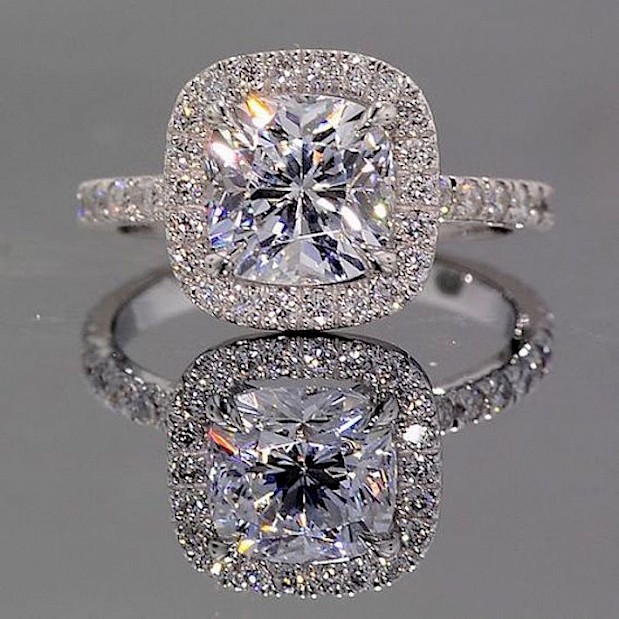
Please fill in your details below.
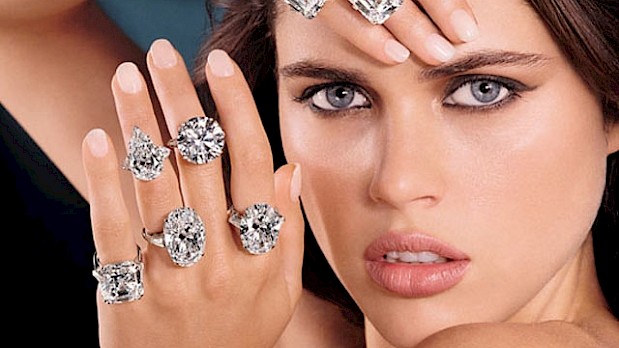
Source: © www.pinterest.com
Now, we girls sometimes have a problem with diamonds; and it’s primarily when we’re not the ones buying them. Even if we become experts, in these exquisite gems, it’s often tricky to orchestrate the buying process. As much as we might be tempted, it’s rather bad form to stick a jeweller’s loupe in your eye, and start assessing the stone that’s just been handed to you, by a thrilled and expectant loved one!
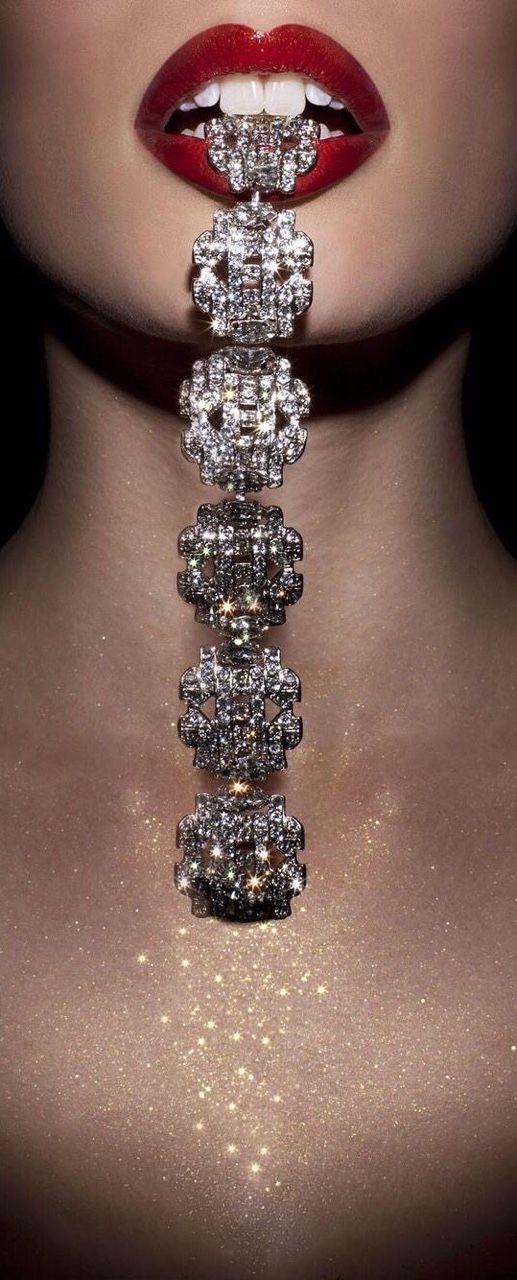
With this in mind, I think it’s no bad thing to make everyone aware that you know a thing or two, about diamonds. With that knowledge firmly embedded, if nothing else, it will ensure would-be purchasers at least take the time to consider their choices more carefully, than might otherwise be the case. Who would buy Monty Don a plant, or Rick Stein a fish, without due care and attention?
Conniving? Yes. Devious? Certainly. Shrewd? Absolutely. Whether or not it’s acceptable… my job is merely to keep my readers informed, and leave you to deal with the moral dilemmas.
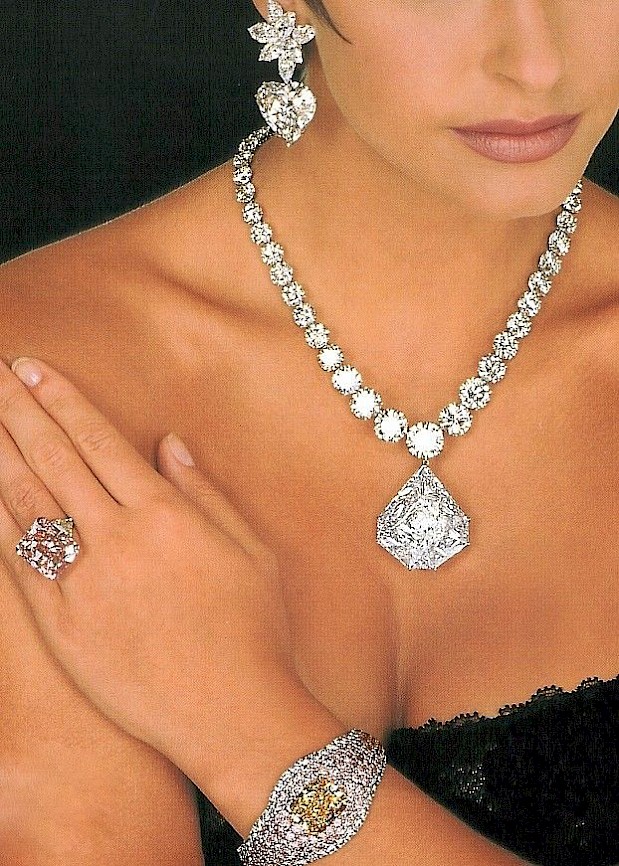
Before I start, this is not about tiny diamonds in a cluster, or the rare, highly sought coloured diamonds, such as the blues or pinks. Blue Diamonds are so prized that one weighing only 12 carats recently broke the auction record for any gemstone, selling for more than $48m… need I say more.

For now, I thought I’d concentrate on stones at least 0.33 carats in size, which is the smallest for which you’ll certainly get a certificate, in the grades I’ll discuss. I’m not going to explore investment diamonds. That’s an entire topic in its own right, and in this blog, I’m more concerned about getting the biggest bang for your buck, on your finger or ears, rather than potential profits.
As you might imagine, you’ll not be capable of using an eyepiece to make a personal assessment, after reading this. Ultimately, the buyer will have to trust a retailer; so, my first recommendation is that you go to a trusted supplier, and make sure the diamond is certified by an IDC accredited organisation (or GIA in the US), such as HRD Antwerp, possibly the largest and best-known assessor. The certificate will give all the information anyone needs, to value your gem, so is worth its weight in diamonds, if you get my drift.
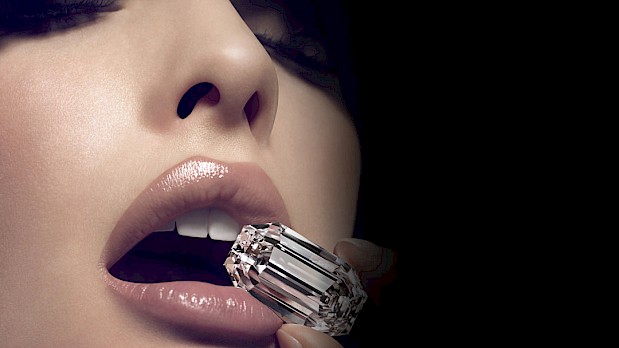
Now, I’m sure many have heard of the 4Cs, when it comes to judging diamonds – though I maintain that the previously discussed ‘Certificate’ and ‘Comparison’, which I’ll come to later, make that 6Cs; but that’s just a personal opinion.
This is probably the easiest aspect to describe, though, as you’ll come to appreciate, size is certainly not everything, when it comes to diamonds. The weight of a diamond is expressed in carats. One carat equals 0.2 grams or 100 points. There, it’s as easy as that. Whilst people typically buy the biggest they can afford, I think it’s more critical to buy the biggest, that is of the quality you’ve decided to buy, after you’ve assessed all the other characteristics of the stone, as I hope will become clear.
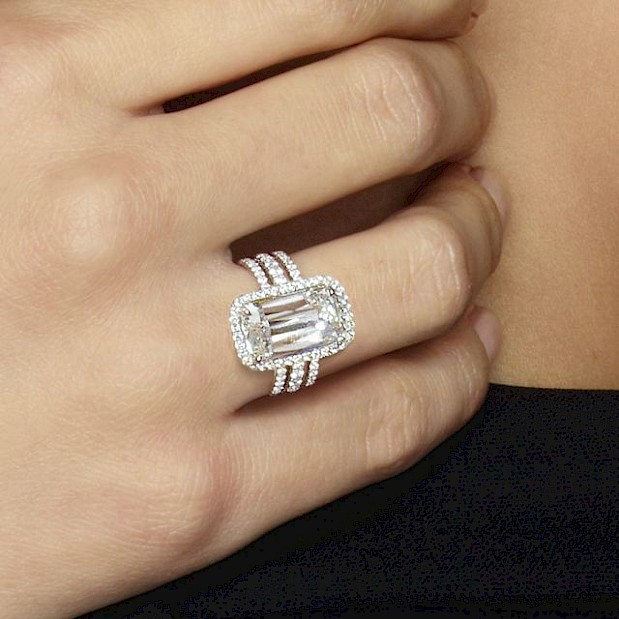
I think this, together with cut, is the most critical aspect, though I’m sure opinions will differ. The simple bit is that diamonds typically range from absolutely colourless – the best – to a rather dirty yellow; and these are graded from D to Z, with D being completely colourless.
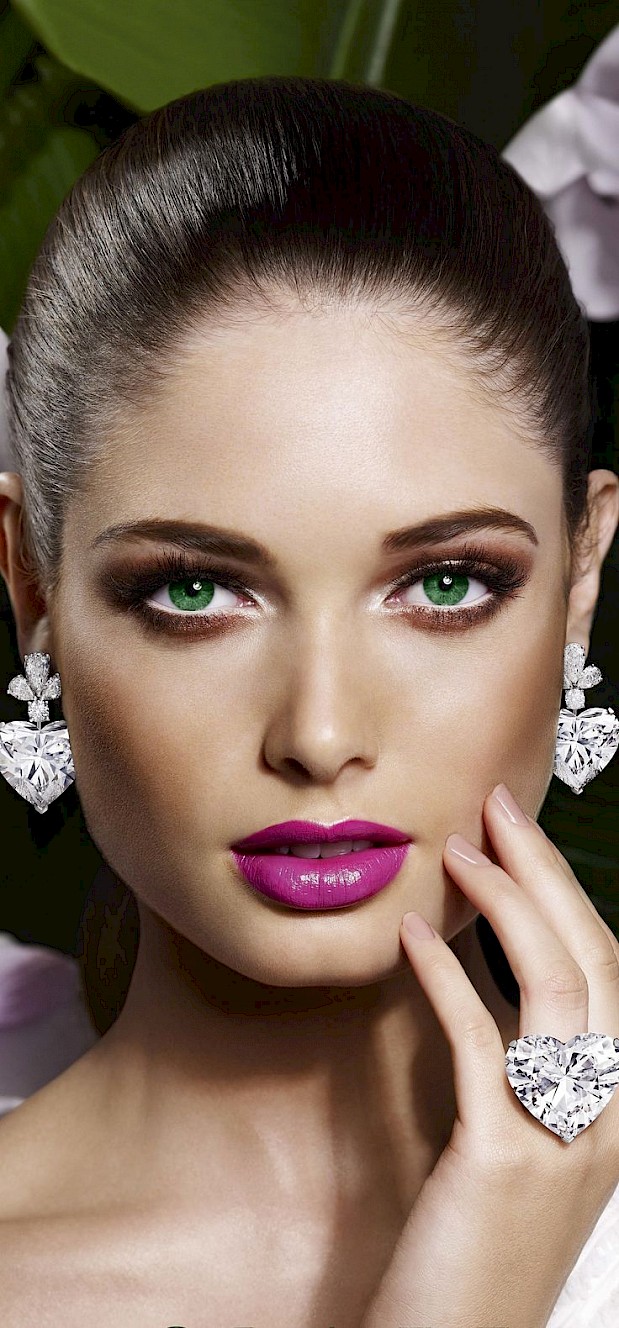
These grades are determined on loose stones, and for brilliant-cut, this is done with the stones upside down, on a white background, looking through the side. Once set in a ring, the differences are difficult to spot, at the better end of the scale. This is where real savings can be made, because I defy anyone to distinguish between a ‘D’ and a ‘G’, when set in white gold or platinum, particularly if they’ve no stone with which to compare it. In fact, you’ll get away with ‘H’, too, as yellowness really only becomes apparent after ‘I’ or ‘J’ rated stones. Since diamonds tend to take on some of the setting’s colour, if your budget is really tight, set lesser diamonds in Gold, to disguise the yellowness of cheaper stones. Conversely, you wouldn’t buy a ‘D’ to ‘H’ diamond (or even I, J), and set it in gold, because you’ll compromise everything for which you’ve just paid top dollar!
Colour is an important use of my extra ‘C’, the ‘comparison’ criteria; viewing diamonds, side by side, you have a far better chance of spotting the colour differences. For set stones, I would strongly consider choosing the size you prefer first, and then getting the best you can afford in the F to I range, to get the best value for money, per carat. Only move to a smaller stone, if your budget drops you below the ‘I’ grade. I wouldn’t get a smaller stone, just to get an ‘F’ rather than a ‘G’. I don’t think anyone will notice the difference, and I think you’ll regret it. Combined with a reasonable cut and clarity, a ‘G’ could be up to 60% cheaper than ‘D’ rated stones of the highest quality, with little discernable difference to the untrained eye, once it’s on your finger, in a setting.
One final point, colour becomes more easily distinguishable in a fancy cut, even when set. The princess cut is not too bad, but ovals, pears and marquis will show colours at the tips, once you get to the H-K range. This is not the end of the world, but you should be aware of it.
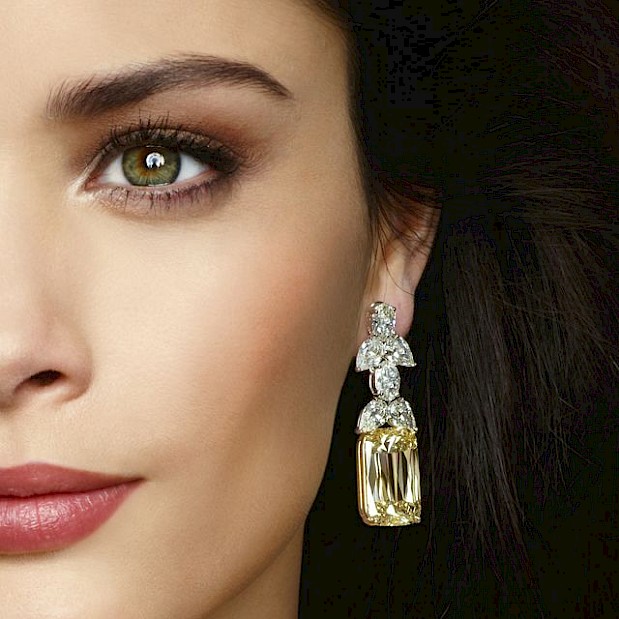
This refers to the ‘birthmarks’ in the diamonds, which are called inclusions, when internal, and blemishes or ‘naturals’ if external.
Personally, I think this is the least important of the 4Cs, in terms of the beauty of a set diamond, though it has as much influence on price, as any other. The ratings (in Europe) go from LC at the top, down to P3.
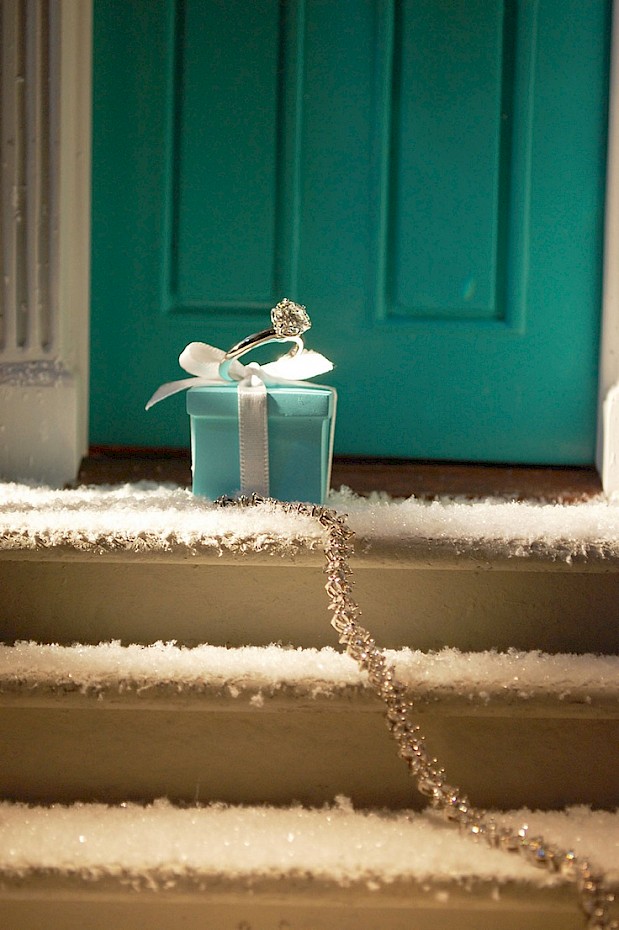
Just FYI, in the US they’ve split LC into IF and FL, which are ‘Internally Flawless but surface blemishes’, and ‘Flawless’, the latter being so rare, many jewellers have probably never seen one; and the European ‘I’ is a US ‘P’.
Everything from LC to VVS2 is investment grade, and in my opinion, no diamond, down to SI2, is likely to have its beauty diminished, by the inclusions. To give you some sense of proportion, the definition of SI2 is, “Inclusions are noticeable to a skilled grader under 10x magnification”. I’ll leave that as sufficient to make my point.
Since the bottom ‘P’ ranges can be more problematic, I would say go for VS1 or VS2, ideally, as a perfect trade off between quality and cost; but neither SI1 nor SI2 is likely to dissatisfy. Obviously, all other features being satisfactory, buy the best you can, for your budget; but this is one area you can certainly drop the quality, without much aesthetic cost. Again, comparisons are useful, here.
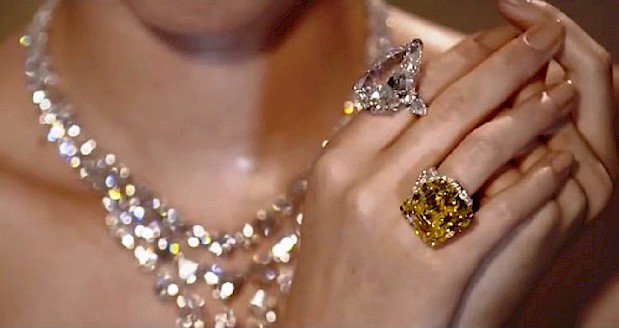
This is the most problematic, the most difficult to explain, and probably has more effect on price than any other aspect, generally speaking; and I’ll do the subject little justice, here. The quick answer is that it’s split into three different attributes; brilliance (the light reflected from a diamond); fire (the dispersion of light into the colours of the spectrum) and scintillation (how a diamond sparkles when moved).
The cut not only refers to which particular style of diamond is on offer, but far more than that, it refers to the quality of cut, itself. However, the assessment of this is a long process, and accounts for numerous criteria, including exact angles, proportions, symmetry, and polish, which all affect the way a diamond reflects light, back out of the top face (for clasp mounted diamonds).
The grading is also less straightforward, and varies from place to place. However, the HRD system is well respected, and grades three different elements – proportions; polish; symmetry – grading each from Excellent to Fair. You’re welcome to download its guide, if you wish a detailed description; and that will probably do more than I could here, to illustrate the complexity.
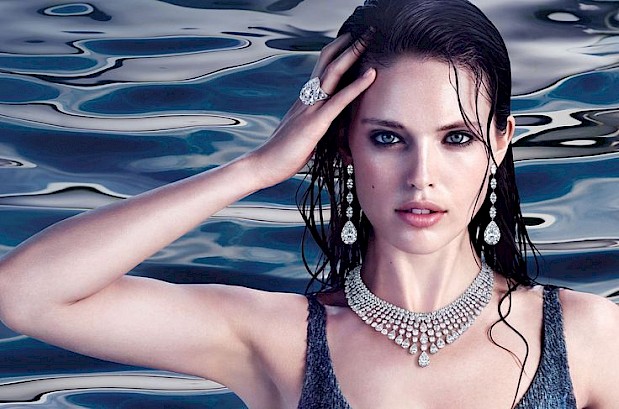
You can explore the links I’ve included but, in short, the quality of a cut will determine the brilliance of your diamond. Perfect cuts frequently require far more of the original rough diamond to be lost, in the creative process. In essence, buying a perfect cut means you’re paying as much for what was wasted in production, as you are for the diamond itself.
In terms of value for money, this really is over to you, I’m afraid – and I recommend you go back to my ‘comparison C’, as the best way to judge. It seems to me that a cut rated as ‘good’, in all categories, provides the most acceptable compromise. As always, it comes down to what funds you have available.

If you’re interested in testing some of this information, and would like some idea of relative prices, then here is a useful website (in US$) for you to play around with the options available; but please note… this is NOT an endorsement of the vendor.
Take my advice, ladies, and start impressing everyone, with your diamond knowledge, ASAP. It may not get you a D-coloured, VVS1, of several carats, but it might just ensure your next diamond accessory, is a stunner.
Let me know if you get a little 'bling' in your stocking this year?
XO
